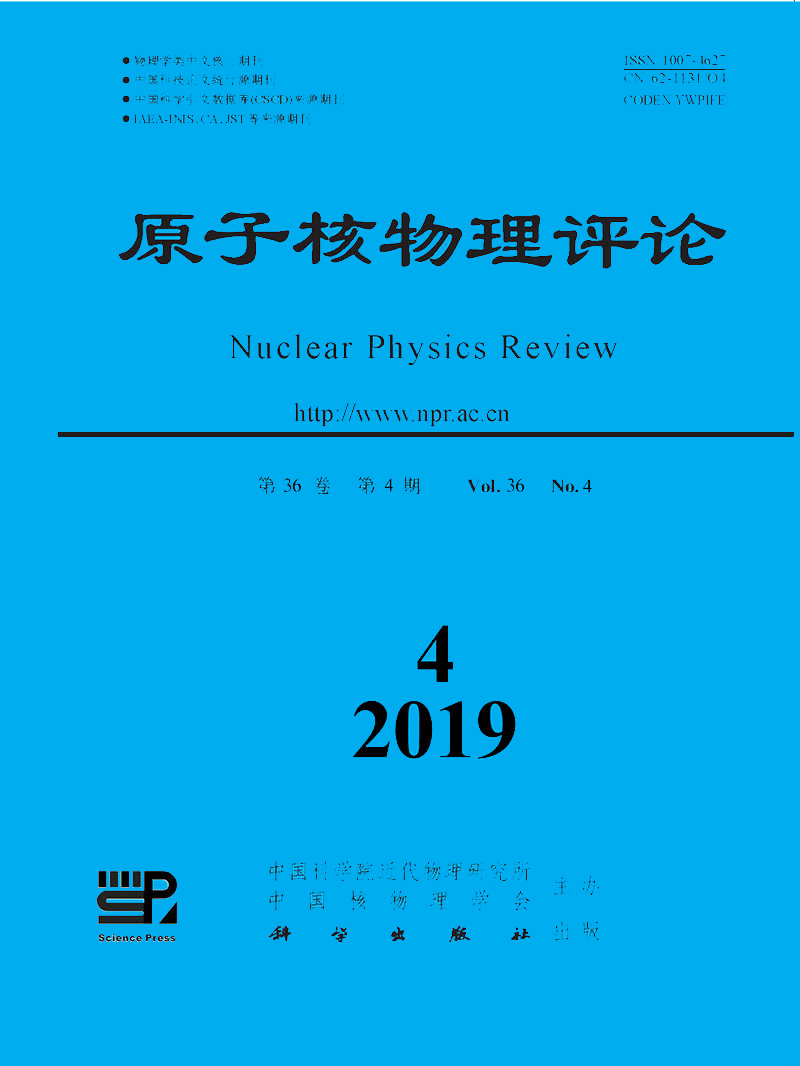|
[1]
|
SCHRIMPF R D. IEEE Transactions on Nuclear Science, 1996, 43(3):787. |
|
[2]
|
KOSIER S L, WEI A, SCHRIMPF R D, et al. IEEE Transactions on Electron Devices, 1995, 42(3):436. |
|
[3]
|
TITUS J L, COMBS W E, TURFLINGER T L, et al. IEEE Transactions on Nuclear Science, 1998, 45(6):2673. |
|
[4]
|
TURFLINGER T L, CAMPBELL A B, SCHMEICHEL W M, et al. IEEE Transactions on Nuclear Science, 2003, 50(6):2328. |
|
[5]
|
ENLOW E W, PEASE R L, COMBS W, et al. IEEE Transactions on Nuclear Science, 1991, 38(6):1342. |
|
[6]
|
FLEETWOOD D M, KOSIER S L, NOWLIN R N, et al.. IEEE Transactions on Nuclear Science, 1994, 41(6):1871. |
|
[7]
|
GRAVES, R J, CIRBA C R, SCHRIMPF R D, et al. IEEE Transactions on Nuclear Science, 1998, 45(6):2352. |
|
[8]
|
BELYAKOV V V, PERSHENKOV V S, SHALNOV A V, et al. IEEE Transactions on Nuclear Science, 1995, 42(6):1660. |
|
[9]
|
HJALMARSON H P, PEASE R L, WITCZAK S C, et al. IEEE Transactions on Nuclear Science, 2003, 50(6):1901. |
|
[10]
|
BOCH J, SAIGNE F, TOUBOUL A D, et al. Applied Physics Letters, 2006, 88(23):232113. |
|
[11]
|
FREITAG R K, BROWN D B. IEEE Transactions on Nuclear Science, 1998, 45(6):2649. |
|
[12]
|
RASHKEEV S N, CIRBA C R, FLEETWOOD D M, et al. IEEE Transactions on Nuclear Science, 2002, 49(6):2650. |
|
[13]
|
HJALMARSON H P, PEASE R L, DEVINE R A B. IEEE Transactions on Nuclear Science, 2008, 55(6):3009. |
|
[14]
|
CHEN X J, BARNABY H J, VERMIRE B, et al. IEEE Transactions on Nuclear Science, 2007, 54(6):1913. |
|
[15]
|
TUTTLE B R, PANTELIDES S T. Physical Review B, 2009, 79(11):115206. |
|
[16]
|
ROWSEY N L, LAW M E, SCHRIMPF R D, et al. IEEE Transactions on Nuclear Science, 2011, 58(6):2937. |
|
[17]
|
RASHKEEV S N, FLEETWOOD D M, SCHRIMPF R D, et al. IEEE Transactions on Nuclear Science, 2004, 51(6):3158. |
|
[18]
|
WITCZAK S C, SCHRIMPF R D, GALLOWAY K F, et al. IEEE Transactions on Nuclear Science, 1996, 43(6):3151. |
|
[19]
|
CARRIERE T, ECOFFET R, POIROT P. IEEE Transactions on Nuclear Science, 2000, 47(6):2350. |
|
[20]
|
BOCH J, SAIGNE F, DUSSEAU L, et al. Applied Physics Letters, 2006, 89(4):042108. |
|
[21]
|
BOCH J, SAIGNE F, SCHRIMPF R D, et al. IEEE transactions on nuclear science, 2005, 52(6):2616. |
|
[22]
|
BOCH J, VELO Y G, SAIGNE F, et al. IEEE Transactions on Nuclear Science, 2009, 56(6):3347. |
|
[23]
|
ADELL P C, PEASE R L, BARNABY H J, et al. IEEE Transactions on Nuclear Science, 2009, 56(6):3326. |
|
[24]
|
PEASE R L, ADELL P C, RAX B, et al. IEEE Transactions on Nuclear Science, 2010, 57(6):3419. |
|
[25]
|
LU, W, RENG D Y, ZHENG Y Z, et al. Atomic Energy Science and Technology, 2009, 43(9):769.(in Chinese)(陆妩,任迪远,郑玉展,等.原子能科学技术, 2009, 43(9):769.) |
|
[26]
|
DENG, W, LU W, GUO Q, et al. Atomic Energy Science and Technology, 2014, 48(4):727.(in Chinese)(邓伟,陆妩,郭旗,等.原子能科学技术, 2014, 48(4):727.) |
|
[27]
|
MA W Y, LU W, GUO Q, et al. Atomic Energy Science and Technology, 2014, 48(11):2170.(in Chinese)(马武英,陆妩,郭旗,等.原子能科学技术, 2014, 48(11):2170.) |
|
[28]
|
PEASE R L, SCHRIMPF R D, FLEETWOOD D M. IEEE Transactions on Nuclear Science, 2009, 56(4):1894. |
|
[29]
|
LI X, LU W, WANG X, et al. Chinese Physics B, 2018, 27(3):036102. |
|
[30]
|
LI X, LU W, GUO Q, et al. IEEE Transactions on Nuclear Science, 2019, 66(1):199. |






 甘公网安备 62010202000723号
甘公网安备 62010202000723号 DownLoad:
DownLoad: